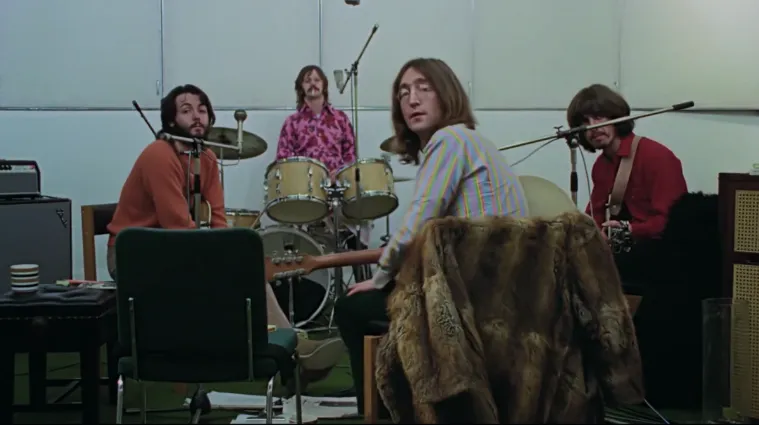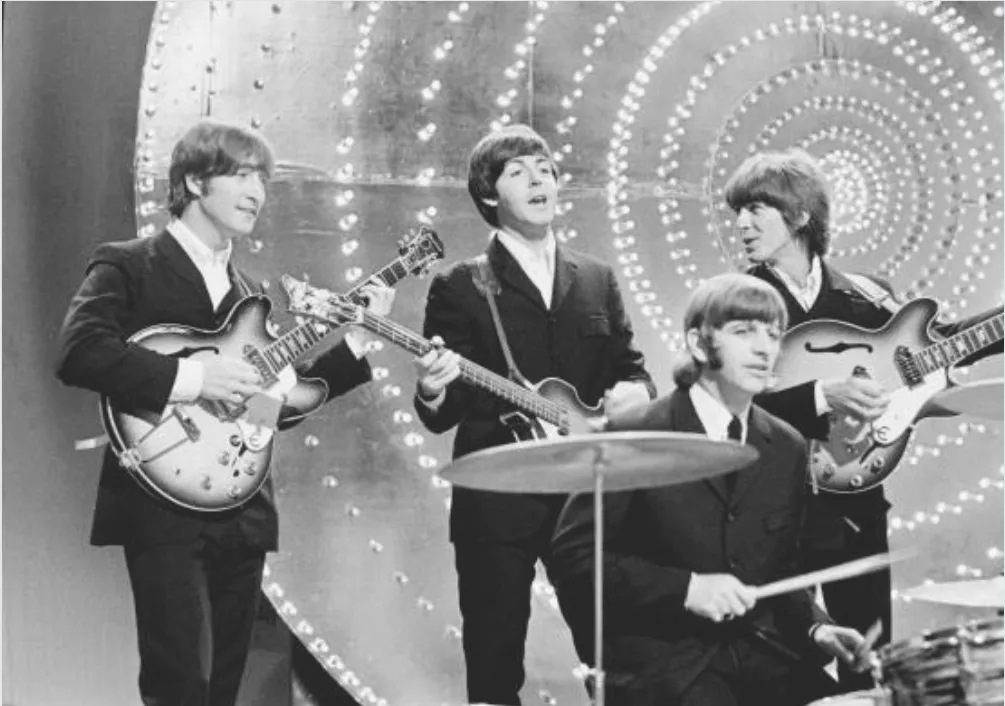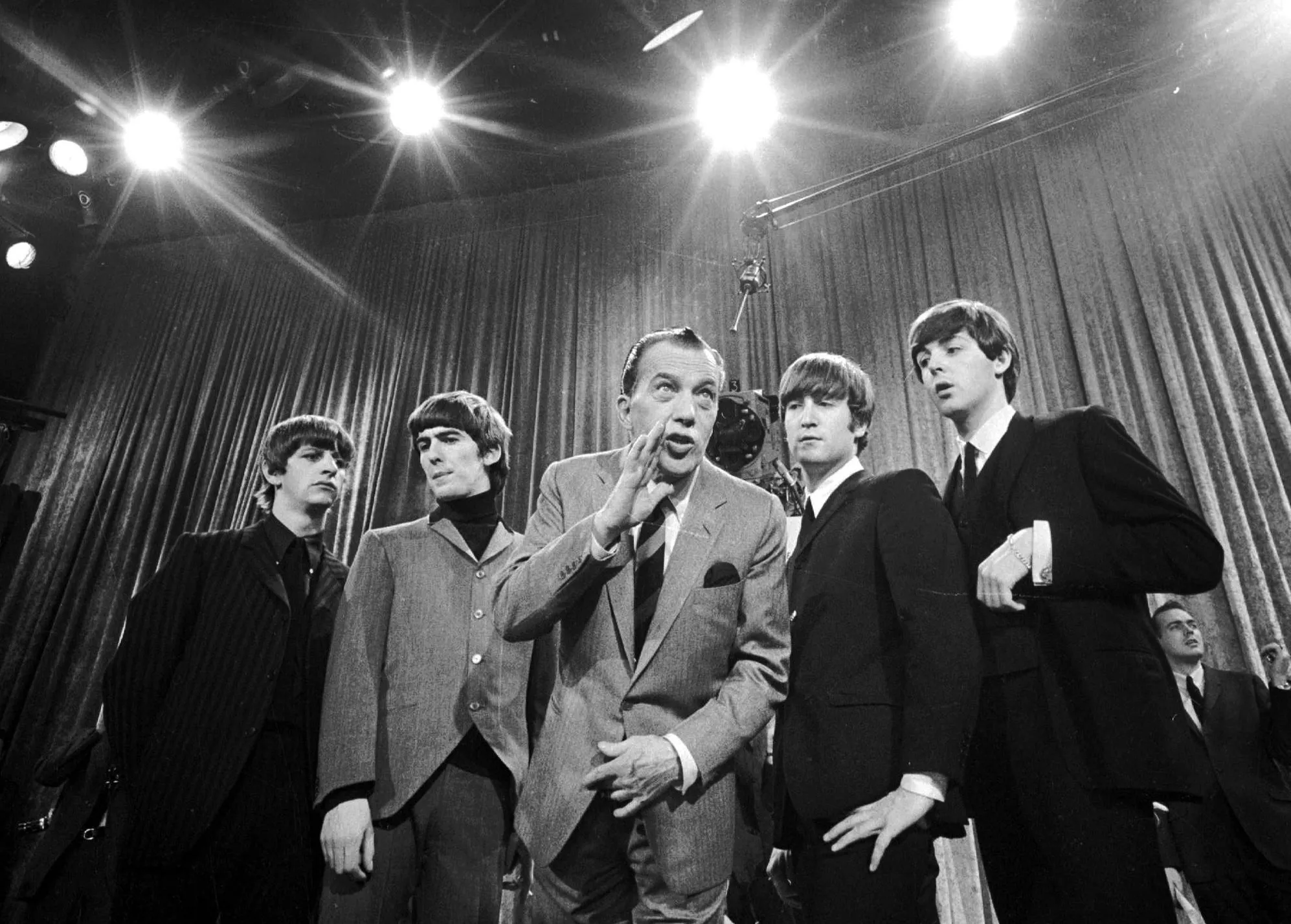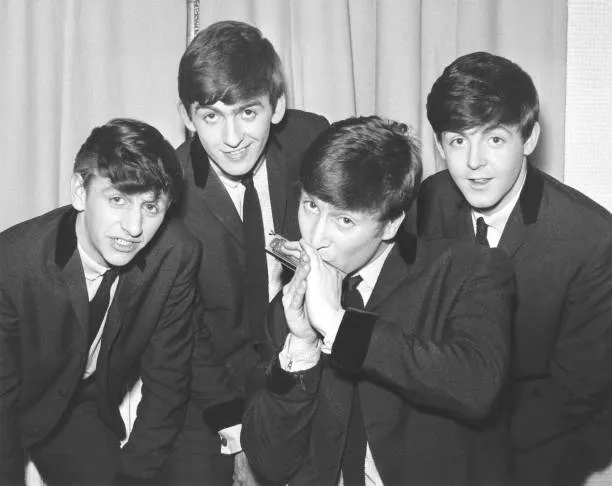On the morning of August 8, 1969, one of the most iconic moments in music history was captured in a single photograph: The Beatles walking across Abbey Road.
This image not only became the cover of their 11th studio album, "Abbey Road," but also transcended into a global symbol of rock ‘n’ roll's revolutionary era.
Questions abound about why The Beatles chose to walk across this particular street and how an ordinary crosswalk became a legendary emblem.
In this article, we delve into the story behind the Abbey Road cover, exploring its conception, the day of the shoot, and its lasting impact on both The Beatles and popular culture.
Context and Conception: The Birth of an Idea

By 1969, The Beatles were at a pivotal point in their career. The group had already changed the face of modern music, but internal tensions were mounting. Amidst their evolving dynamics, The Beatles decided to produce one last album together.
"Abbey Road" was their swan song, a testament to their enduring creative prowess even as their collective journey was nearing its end.
The idea for the cover of "Abbey Road" was surprisingly simple. Unlike the elaborate and imaginative album covers they had used in the past, like the collage of "Sgt. Pepper’s Lonely Hearts Club Band" or the minimalist "White Album," the inspiration for "Abbey Road" came from the band's environment.
Abbey Road itself was the location of EMI Studios, where The Beatles had spent countless hours recording their groundbreaking music.
Paul McCartney, in particular, wanted a straightforward cover concept. His vision was to have the band simply walk across the pedestrian crossing outside the studio.
This concept was not only convenient but also symbolic, representing both a literal and figurative journey, and a reflection of their roots.
The Day of the Shoot: Capturing the Iconic Image
The shoot took place around 11:30 AM on August 8, 1969. Scottish photographer Iain Macmillan was the man behind the lens.
Macmillan was a friend of John and Yoko, and his understanding of the band’s dynamic allowed him to capture the essence of the moment with remarkable clarity.
The session was brief, lasting only about ten minutes. The street was not cordoned off, and traffic was momentarily stopped by a police officer to allow the shoot to proceed.
In an era before digital manipulation and extensive photo editing, precision and timing were critical.
Macmillan had only six opportunities to capture the perfect shot. Of the six photos taken, the fifth one was selected for the album cover.

It featured the four Beatles—John Lennon, Ringo Starr, Paul McCartney, and George Harrison—striding in perfect unison across the zebra crossing.
John, dressed in white, led the group, followed by Ringo in a black suit. Paul, barefoot and out of step with the others, wore a blue suit and held a cigarette, while George brought up the rear in denim.
Each member’s attire and stance added to the intrigue and speculation that would surround the image for decades.
The Symbolism and Speculation
The simplicity of the "Abbey Road" cover belied layers of symbolism and opened the floodgates for interpretations and conspiracy theories.
The Beatles walking across the crosswalk became more than just a depiction of four musicians—it was dissected for hidden meanings and messages.
One of the most enduring urban legends spurred by the cover was the "Paul is dead" conspiracy theory.
Observers noted Paul’s barefooted state and the fact that he was out of step with the others, viewing this as evidence that he had been replaced by a doppelgänger.
Theories proliferated about hidden clues on the cover and other albums. Despite being debunked multiple times, these speculations cemented the cover’s place in cultural mythos.
Beyond conspiracy theories, the image’s layout was occasionally interpreted as representing a funeral procession, with John as a preacher, Ringo as a mourner, Paul as the deceased, and George as a gravedigger.
While these interpretations were far-fetched, they underscored the public’s fascination and how deeply the imagery resonated.
The Album: A Masterpiece of Collaboration
"Abbey Road," released on September 26, 1969, was a testament to The Beatles' unparalleled artistry.
Despite the interpersonal conflicts, the album featured some of the band's most enduring tracks: George Harrison’s "Something" and "Here Comes the Sun," Paul's "Oh! Darling" and "Maxwell's Silver Hammer," John’s "Come Together" and "I Want You (She’s So Heavy)," and the collaborative medley on the album’s B-side.
The musical cohesiveness and innovation displayed in "Abbey Road" were exemplary, and the cover mirrored this unity amidst burgeoning separation.
The Beatles walking in unison symbolized their collective journey and the strides they had taken together, even as their paths were about to diverge.
Lasting Impact and Cultural Significance

The "Abbey Road" album cover quickly became one of the most iconic images in rock history. Its cultural significance extends far beyond its initial release, becoming a symbol of an era and transcending generational boundaries.
The Beatles walking across the Abbey Road crosswalk is a scene deeply embedded in popular culture, often replicated, parodied, and honored by fans and artists alike.
The zebra crossing at Abbey Road has turned into a pilgrimage site for Beatles enthusiasts from around the world.
Visitors flock to the location to recreate the famous walk, leaving their marks through graffiti on the walls of the Abbey Road Studios and posing for pictures.
The crossing itself is a protected site in London, a testament to its historical and cultural importance.
Behind the Scenes: The Team
While The Beatles and Iain Macmillan are the visible heroes behind the cover, the execution of the idea required coordination and a supportive team. Abbey Road Studios played an integral role in facilitating the shoot.
The cover concept also reflected The Beatles’ ethos of simplicity and authenticity, promoting the idea that profound impact can be achieved with straightforward, genuine expression.
George Martin, the band's producer, contributed significantly, not only to the musical genius of "Abbey Road" but also to the overall project.
His belief in The Beatles and their unorthodox ideas provided the backing necessary to turn a simple concept into an enduring image.
Reflection: The Essence of the Abbey Road Cover
Ultimately, the decision to walk across Abbey Road was a blend of practicality and symbolism. It captured The Beatles' essence at that moment in time: innovative yet grounded, symbolic yet real. The cover’s simplicity was a departure from their previous works, reflecting a mature, confident band comfortable in its legacy.
The Beatles walking across Abbey Road was not just an album cover—it was a historic snapshot capturing the end of an era.
It celebrated their journey, their creativity, and the bonds they shared, even as they were on the brink of embarking on new, individual adventures.
The story behind why The Beatles walked across Abbey Road extends beyond the realms of music photography. It embraces the band’s history, their dynamic, and the culmination of a collaborative journey.
The Beatles walking, depicted on "Abbey Road’s" cover, became an iconic image that speaks to their unity, creativity, and lasting influence.
The cultural impact of the “Abbey Road” album cover continues to resonate, decades after its creation.
It signifies much more than just four men crossing a street; it is a snapshot of a transformative period in music history and a poignant reminder of The Beatles' unparalleled legacy.
As we reflect on “The Beatles walking” across Abbey Road, we are reminded of the simplicity and brilliance that can turn a fleeting moment into an everlasting symbol.
The cover remains a testament to the band’s ingenuity and the profound connection they shared with the world, all captured in the brief crossing of a humble zebra walkway in London.



